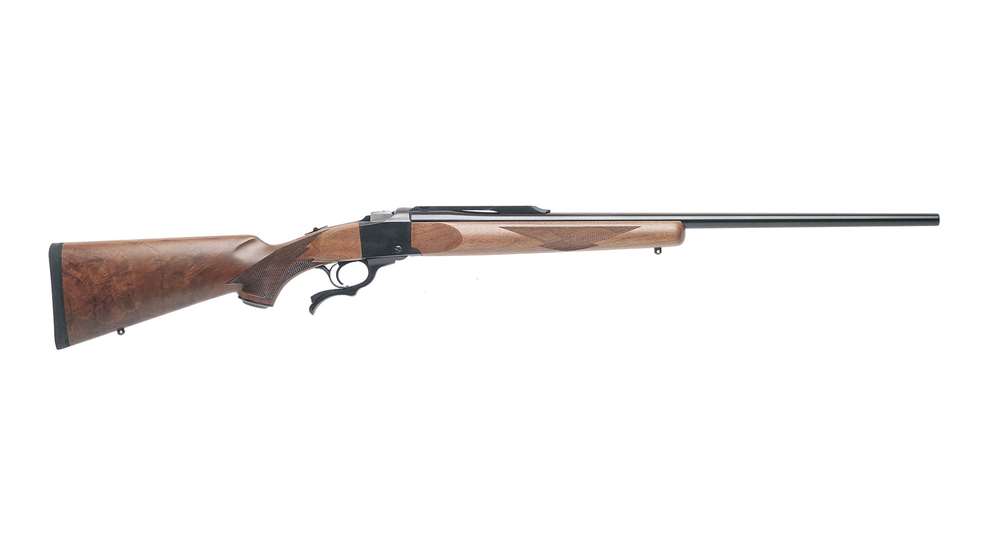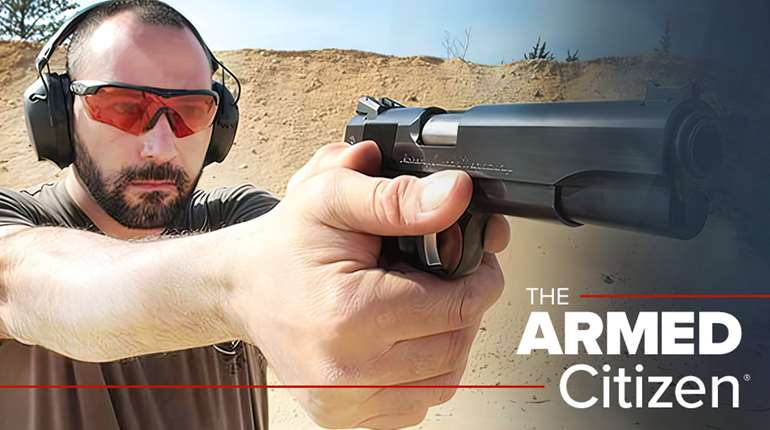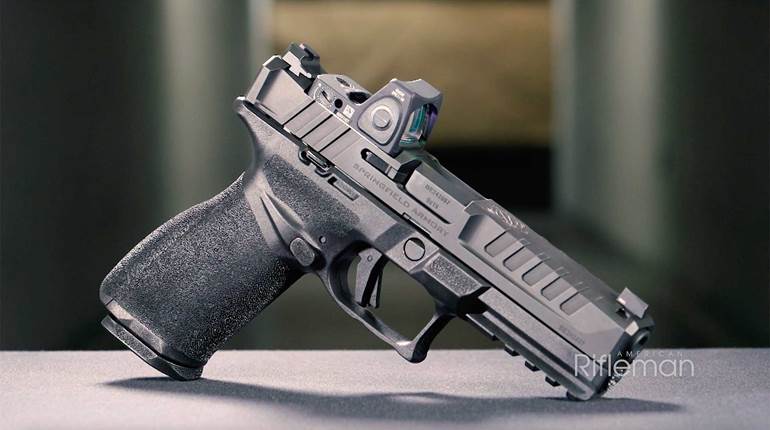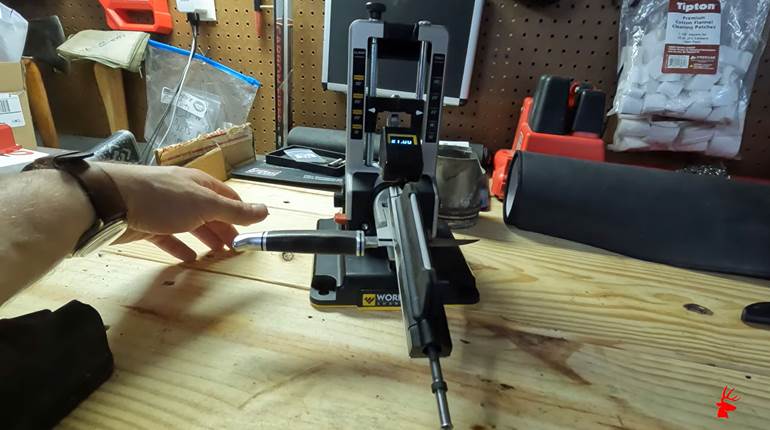
Most owners of a Ruger No. 1 know their guns and, in many cases, have discerning tastes. According to Dave Campbell’s review of the rifle for American Rifleman, “The man who hunts with a No. 1 probably enjoys hand-rolled Cuban cigars, cognac from France and dry-aged rare steaks.”
There’s no denying there were skeptics when William Batterman Ruger introduced the gun in 1966, at a time when bolt-actions with box magazines and semi-automatic repeaters were flying off the shelves. “Single-shots are a marvelous type of rifle,” he later said. “You can’t shoot them fast, but you can shoot them well.”
There are plenty of single shots on the market, but the unwavering popularity of the Ruger No. 1 makes it obvious it is one of the finest ever made. It’s either at the top, or hovering nearby, in annual sales volume for its category on GunBroker.com. Finding one can be a tough chore, though, with models only available in select chamberings each year and in limited numbers.
This year, three Ruger No. 1 models are being produced, all distributed exclusively by Lipsey’s. Chamberings include 6.5 Creedmoor, .257 Wby. And .275 Rigby (identical to 7x57 mm Mauser). Last year choices included .257 Rob., 6.5 Creedmoor, .30-30 Win. and .475 Linebaugh/.480 Ruger.
Unfortunately, MSRPs are not published on the Ruger website. To give you an idea of the price tag, a 2020 version with a wood laminate stock chambered for .450 Bushmaster left the factory $1,899 suggested retail. If you’re looking for a pristine version in a favorite chambering—from a collectible year—prices on the used market can soar.
It’s the timeless looks and craftsmanship that buoy the No. 1 above the others. In all, somewhere around 50 different chamberings have made available in the rifle, which features a falling block breech mechanism with Farquarharson-style internal hammer. The ejector can be adjusted to only extract and the safety is located on the tang. Barrels are cold-hammer forged and this year lengths are 24" or 28", depending on chambering. They are built to handle powerful cartridges and deliver performance with enviable longevity.
The company changes furniture, metal finish and chamberings annually, adding to the collectability. All of 2022s models have a classic-looking American walnut stock, for example, and no laminate version is available.
Perhaps American Rifleman’s review in 2014 contains the best explanation of the gun’s unfading popularity. “Bells and whistles are outcast, as the single shot is based on simplicity, dependability and the mindset that your first shot is what counts."






































